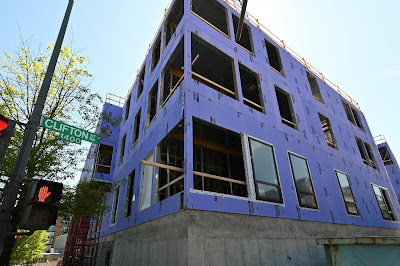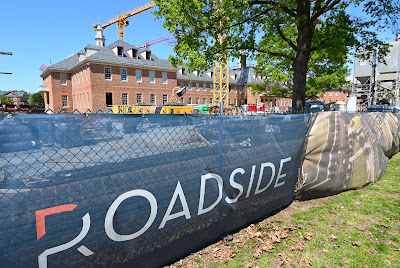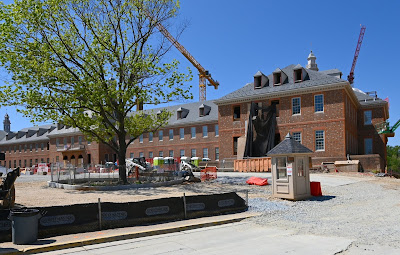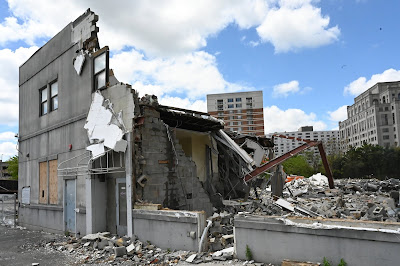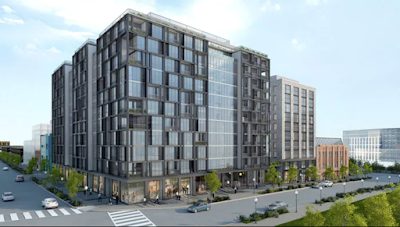We're back! Really, it was us, not you. Its been a long, strange road, and much has changed since DCMud last published our love letters to the city, not the least the city itself. Back in 2012 downtown DC still had plenty of surface parking lots, a brand new convention center, the Navy Yard was getting some of its first apartments and factory conversions, and Douglas Development was starting its Ivy City Development. And while development has continued, DCMud took a break from the high expectations we had for ourselves, consumed as we were with first-in-time reporting and from-the-source research. And while our format was simple, the effort, coordination and resources that went into this humble blog were monumental, consuming more resources than it generated. It distracted us from ordinary commerce, and what started as an impulsive post on a hastily chosen blog domain (DC Dirt not being available) soon became a heavy labor and then an obsession. But the community that supported and absorbed us always counterbalanced the cost of our efforts. We missed our interactions with you, and some of you even missed us.
Among the changes was the dissolution of my old company, DCRealEstate.com, that supported this blog, and much more recently the creation of my new company, City Grid Real Estate. I have spent the interim years in the business of commercial real estate, representing many of the regions more recognizable retail tenants and restaurants (if you're curious), marketing for landlords and selling commercial real estate, and City Grid represents a return to the independent, creative roots that started DCMud.
The intent of the new DCMud is not to replicate the previous format. I have always been immensely proud of the site, having generated more than 10 million page views and earned a Washingtonian "Best of" in the process. But as I move through the city marketing and analyzing commercial property, I will also be photographing, documenting the change that never stops. There are now ample alerts about zoning decisions and groundbreakings (ceremonial, mostly), so my attempt will be capture and display the construction as it happens, changes that often take us by surprise as we pass a new building that seemed to appear spontaneously. I hope you find this helpful, and I look forward to your contributions - photographs, information, comments - as part of this new endeavor.
Among the changes was the dissolution of my old company, DCRealEstate.com, that supported this blog, and much more recently the creation of my new company, City Grid Real Estate. I have spent the interim years in the business of commercial real estate, representing many of the regions more recognizable retail tenants and restaurants (if you're curious), marketing for landlords and selling commercial real estate, and City Grid represents a return to the independent, creative roots that started DCMud.
The intent of the new DCMud is not to replicate the previous format. I have always been immensely proud of the site, having generated more than 10 million page views and earned a Washingtonian "Best of" in the process. But as I move through the city marketing and analyzing commercial property, I will also be photographing, documenting the change that never stops. There are now ample alerts about zoning decisions and groundbreakings (ceremonial, mostly), so my attempt will be capture and display the construction as it happens, changes that often take us by surprise as we pass a new building that seemed to appear spontaneously. I hope you find this helpful, and I look forward to your contributions - photographs, information, comments - as part of this new endeavor.





